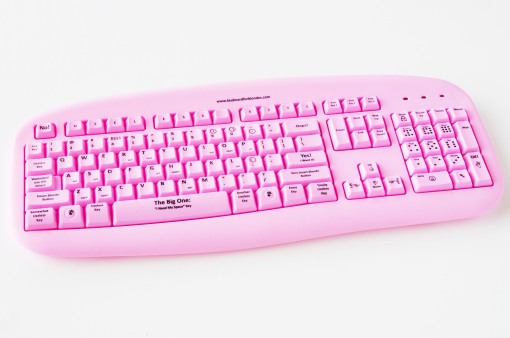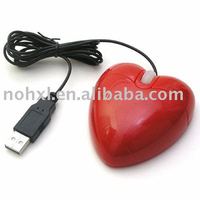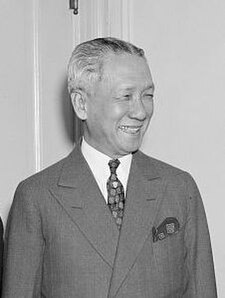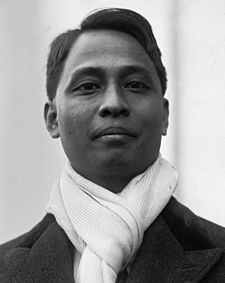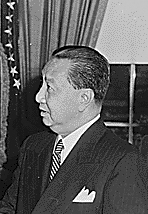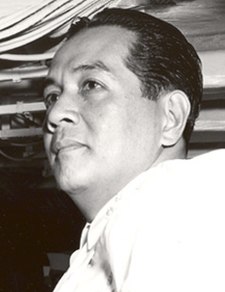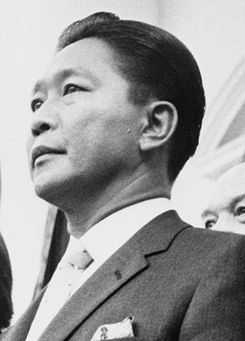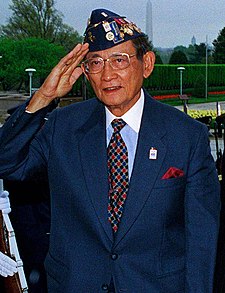1.Animation-A set of pictures simulating movement when played in a series.
2.API (APPLICATION PROGRAMMING INTERFACE)-An interface for
letting a program communicate w/ another program.
3.Bandwidth- A measure for the speed (amount of data) you can send through an internet connection, The move bandwidth, the faster the connection.
4.BMP (BITMAP)-A format for storing images.
5.Browse-term to describe a user's movement across the web, moving from page to page via hyperlink, using a web browser.
6.Browser-The program that display websites on your computer, Exam.are Microsoft's Internet Explorer,Netscape,and Mozilla's firefox
7.Database-Data stored in a computer in such a way that a computer program can easily retrieve and manipulate the data.
8.Dial-up connection-In web terms:a connection to internet via telephone and modem
9.Domain Name-The name that identifies a website (like: smart schools.com)
10.Download-To transfer a file from a remote computer to a local computer. In web terms:to transfer a file from a web server to a wet client
11.File-Document or set of instruction.
12.FTP (FILE TRANSFER PROTOCOL)-Is a standard program used to upload your website from the program where it was created,to a server. One of the most common methods for sending files between two computers.
13.GIF (GRAPHICS INTERCHANGE FORMAT)- A compressed format for storing images developed by (computer) CompuServe. One of the most common image formats on the internet.
14. HTML( HYPER TEXT MARKUP LANGUAGE)-HTML is the language of the web.HTML is a set of tags that are use to define t5he content layout and the format of the web document. Web browser use the HTML tags to define how to display the text
15. HTTP( HYPERTEXT TRANSFER PROTOCOL)-The standard set of rules for sending text files across the internet. It requires HTTP client program at one end and an HTTP server program at the other end.



